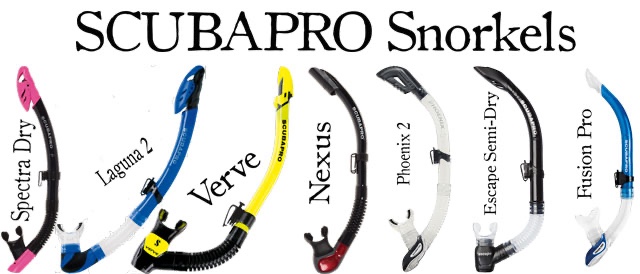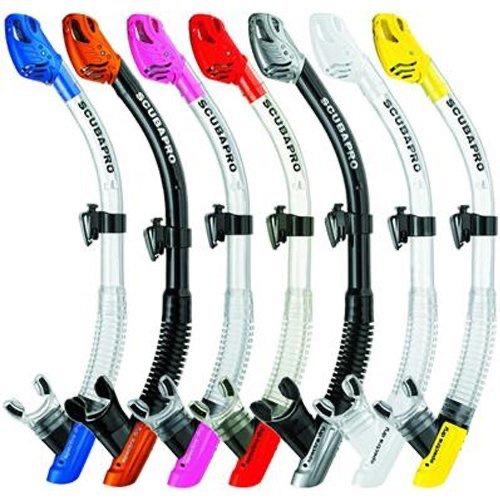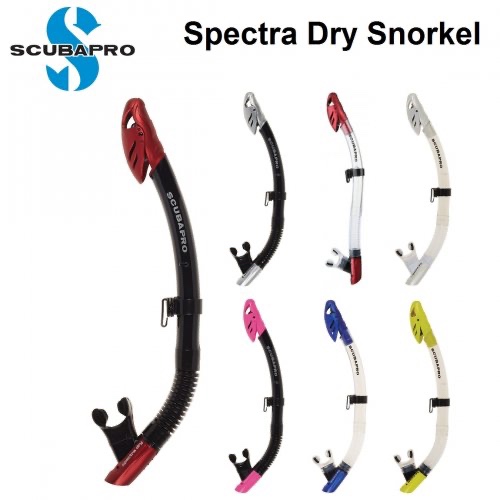As far back as 3000 B.C.E (5000 years), people were going after natural sponges off the coast of Crete and breathing through the world’s first snorkel tube that they made from hollow reeds. Aristotle, the Greek philosopher, recalled instances of divers breathing through a device similar to the trunk of an elephant.
In later years, the Assyrians developed an alternative snorkel device. They filled animal skins with air to breathe from under water. Aristotle wrote about divers who used a tube that led from the surface to the divers below. The consummate Renaissance Man, Leonardo Da Vinci, had many designs that he called diving or underwater apparatuses. He designed a self-contained dive suit and even sketched diving gloves with webbed fingers. Technically, they could be considered the first fins.
The development of the diving bell, which contained air bubbles for divers to inhale while underwater, was overseen by Alexander the Great.
• 900 B.C.E- Assyrian divers used animal skins filled with air to lengthen the time they could spend below the water’s surface.
• 333 B.C.E Alexander the Great encourages divers to develop and use the first diving bell — a large bell-shaped object that trapped air in the top of the bell (and a person) to submerge and maintain the ability to breathe.
• 1538- Greeks in Spain (Toledo) submerge themselves in a large diving bell-like gadget to the bottom of the Tagus River, only to emerge later with dry clothes and a still-burning candle.
The same concept allows modern-day snorkelers to breathe air from the surface with their face submerged. Modern rubber and plastics make equipment durable and comfortable while offering maximum safety. Snorkels have significantly improved their function and use with the advances in rubber and plastic composite materials. The most popular snorkel is the J-shaped plastic tubes connected to the diver’s mask by a flexible strap or clip assembly.
Snorkels for diving
The snorkel makes it possible to breathe safely on the surface without using the air in your tanks. When choosing a snorkel, think first about what you want to use it for and how it will most. The diameter is critical because it minimizes your effort while using it. Most snorkels are brightly colored, so dive boats can easily spot them and you, more importantly.
Free-diving Snorkels
Free-diving snorkels are often the simplest models. They are made without a complex purging system and valves to limit breathing noise; snorkels are also shorter to quickly expel water from the tube and easily tuck away. They usually have a slightly larger diameter to ventilate between two dive immersions properly. They are one of the best for Combat swimmers to use, as they are small and can be packed away quickly and come in dark colors.
Types of Snorkels
There are four common types of snorkels, and each has its advantages and disadvantages.

Classic
The classic snorkel, also called a J-style snorkel, is a plastic tube with a mouthpiece attached. This snorkel is usually slightly bent, but it can also be made to fit a more specific shape. The SCUBAPRO Apnea snorkel can be rolled up and easily stored in a pocket or attached to the sides or bottom of a Rebreather. This is the one best suited for combat swimmer operations.
Flexible Snorkel
The flexible snorkel has a purge valve. This snorkel has a flexible portion and a rigid portion, as well as a one-way valve located at the bottom that makes it easier to expel any water that may get into the snorkel. The added flexibility allows divers to fit the snorkel better around their masks and faces. The purge valve at the bottom of the mouthpiece helps ensure uninterrupted breathing as it flushes water out every time you exhale.
Simi Dry
The semi-dry snorkel is a mix of a classic and dry snorkel. The top features a splashguard, and sometimes even a flexible tube and a purge valve. The splashguard at the top helps prevent splashes or sprays of water quickly entering the tube. It doesn’t stop all the water from entering, especially if you fully submerge yourself underwater or if water covers the top like in a high wave.

Dry
The dry snorkel has a valve at the top of the snorkel. The valve blocks water and air when the snorkel is submerged—and a purge valve at the bottom. They are great for snorkeling on the surface and occasionally diving without worrying about constantly clearing water out of the tube. When used for diving, the advantage is that divers don’t have to clear them of water when they reach the surface.
As with semi-dry snorkels, the one-way purge valve at the bottom allows the user to flush water out with a few quick exhalations easily. While the dry snorkel is more convenient and efficient, it can also have its drawbacks. The valve at the top of the snorkel can sometimes become blocked. The dry snorkel may also be more buoyant underwater.


